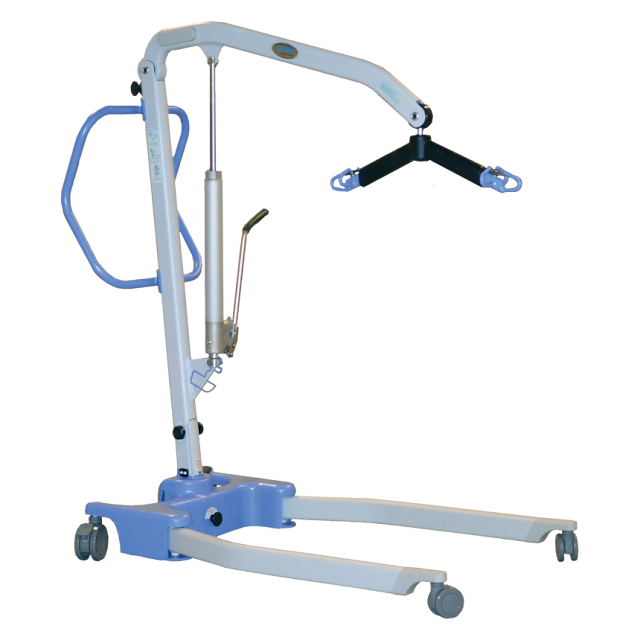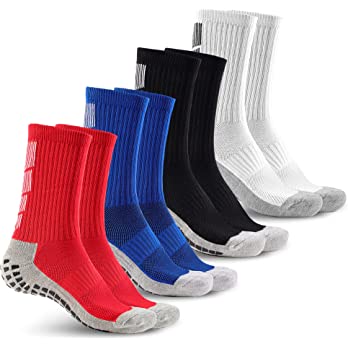Cancer Diary: Thank You, Hoyer Lift

The Hoyer lift made life work for us when Carl came home on hospice. I had been told about it by a friend after Carl had fallen several times and needed help getting up from more than one neighbor working together. Had I known a little earlier, I could have saved the neighbors some effort and Carl some dignity. Actually, once Carl went on hospice, the hospice company provided us with the lift. (Their aides would not have been able to lift Carl without it.) Having it at home meant that we could move Carl from bedroom to living room and back so that he could spend his days with his family out where they were and where he preferred to be. The Hoyer lift, as see in the picture is a tall pole with a moving base and patient sling for lifting patients who cannot stand. There are at least four kinds of Hoyer lifts : power lift (highly recommended for large patients with small caregivers) manual (less expensive and works find for average-sized patients and average-sized caregivers)...

.jpeg)


